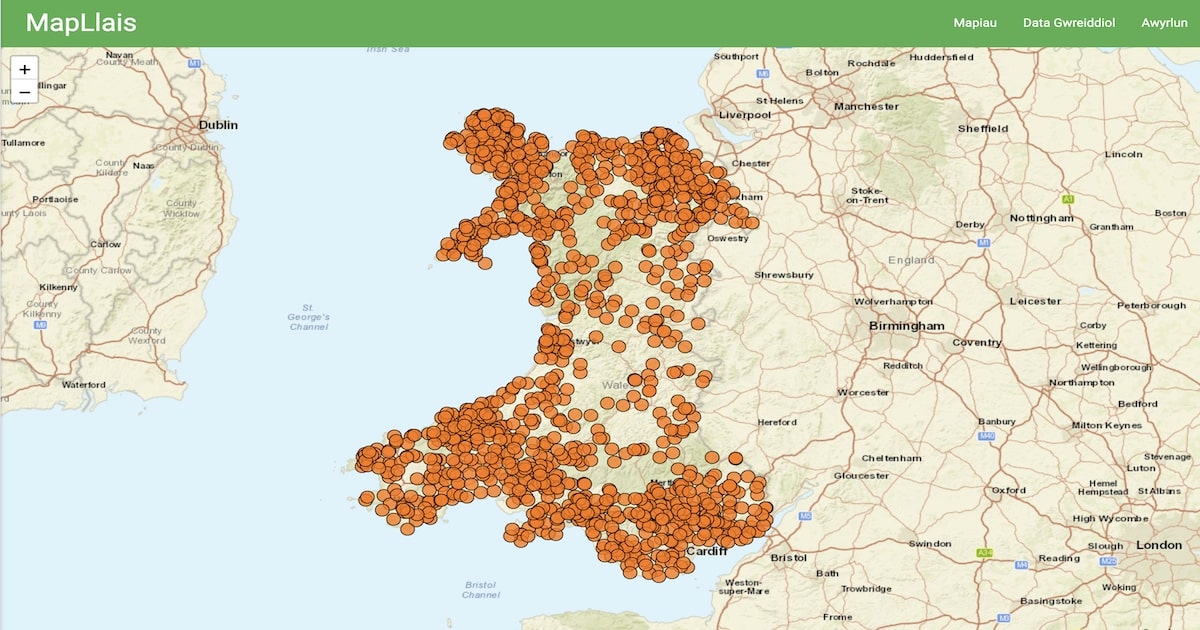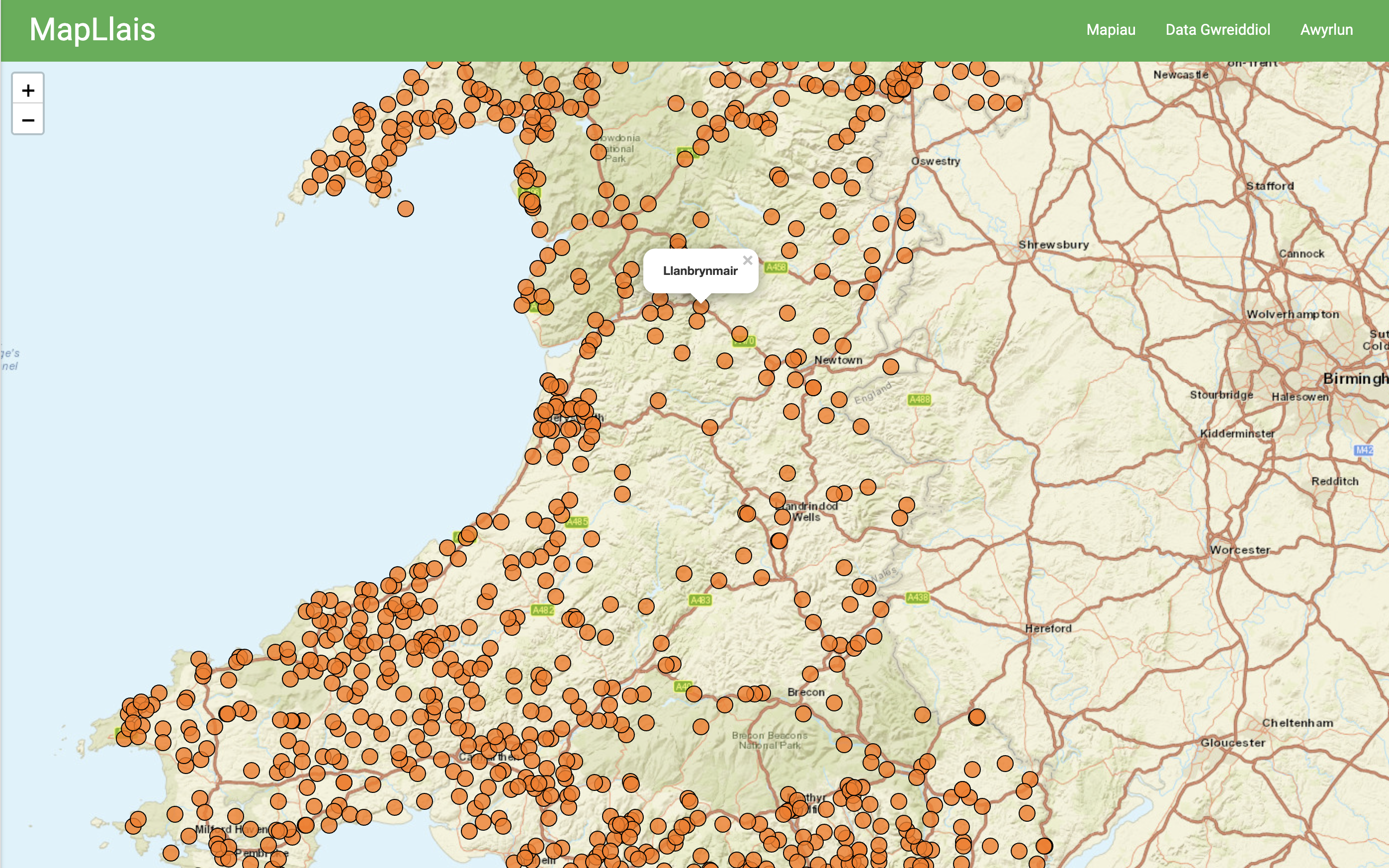The interactive map that shows you how to pronounce Welsh placenames

Happening on the Welsh version of Wikipedia has led one man to create a brilliant online tool that allows people to learn how to pronounce Welsh placenames.
Dafydd Elfryn has created Map Llais (Voice Map) which features more than a thousand audio files of placenames in Wales, pronounced in local dialect.
It has become a great resource for many visiting Wales and those already living here.
“The idea first came about when I found the Wikimedia site of Welsh placename pronunciations,” said Dafydd.
“The Welsh Wicipedia team had done the hard work of going out to communities to record and compile the placename pronunciations.
“These sound files were then uploaded onto the Wicimedia site, where they are free to use.”
Inspired by what he found, he quickly came up with the idea of an interactive map that would allow the resource to realise its fullest potential.
“When I stumbled on the list, I immediately though that this data would be great displayed on an interactive map,” he said.

Since he started creating this brilliant tool, it has grown in size and popularity.
“At the start of the project, only a few areas had been collected,” said Dafydd. “I started with Gwynedd and Môn, since I know this area a bit better, so it was easier for me to map them out.
“After some trial and error to get things working, that first version went live around 2020.
“As more place names became available, they were added. As of today, there are just over 1,200 locations mapped out.”
Since its launch Dafydd has been by people from across the globe.
“Hopefully, the map is a useful resource for anyone interested or curious about Welsh place names,” he said. “I’ve had messages from visitors to Wales using it to learn the names before coming on holiday, and some from America using it whilst researching their family tree.
“I also hope that it can help in some small way in keeping Welsh place names alive in a time where so many of the old names are being replace by ones that have no connection to the original ones.”
Looking ahead Dafydd says there is still plenty to do and has ideas of how to develop the map.
“As for future plans, there are a few missing places that I’d like to fill.” he said. “I think that adding geographical features like mountains, lakes and rivers etc would also be useful.”
Access Map Llais HERE
Support our Nation today
For the price of a cup of coffee a month you can help us create an independent, not-for-profit, national news service for the people of Wales, by the people of Wales.





Great idea but sadly, PenCoed has been pronounced incorrectly if you expect it to be in the local dialect. It’s not Pen coed it’s Pencode.
my grandfather, born in 1898 spoke Welsh, in the local dialect.he said Pencode!!
Bachan Pencoed yma. The “oe” to “o” shift is a feature of the Gwentian or Gwenhwyseg dialect which was at one time widely spoken around the south of Wales. As a pupil of Ysgol Gynradd Gymraeg Penybont, we were had the great fortune of being taught by teachers, many of whom were natives of Bro Ocwr and Eweni. I count myself lucky to have learned about the Welsh language heritage of the area at a time it was becoming heavily anglicised. I recall attending Capel Salem as a small boy … mainly because my Mam wanted me to hear the… Read more »
This map ignores local pronounciation in the South East. Over – correction to Cymraeg yr Ysgol. Gwenhwyseg is still fossilized in many place names in Glamorgan and Gwent. For example words ending in “tre” are voiced “tra” by many people. I agree with Richard Jenkins about “Pencode”
Diolch. It’s more obvious & still common usage in place-names like Treoes, Nantymoel. We don’t say Tre Oes or Nant y Moel
Tre-ôs. Nantymôl. Wi dal yn ynganu’r enwau yn y modd na. Wi dal yn ynganu “buried” fel “buh-reed” nid “ber-reed” – wraig wastad yn tynnu’ nghoes am hwnna.
It would be great if I could get It to work. I press on the red dots and nothing happens. Help!